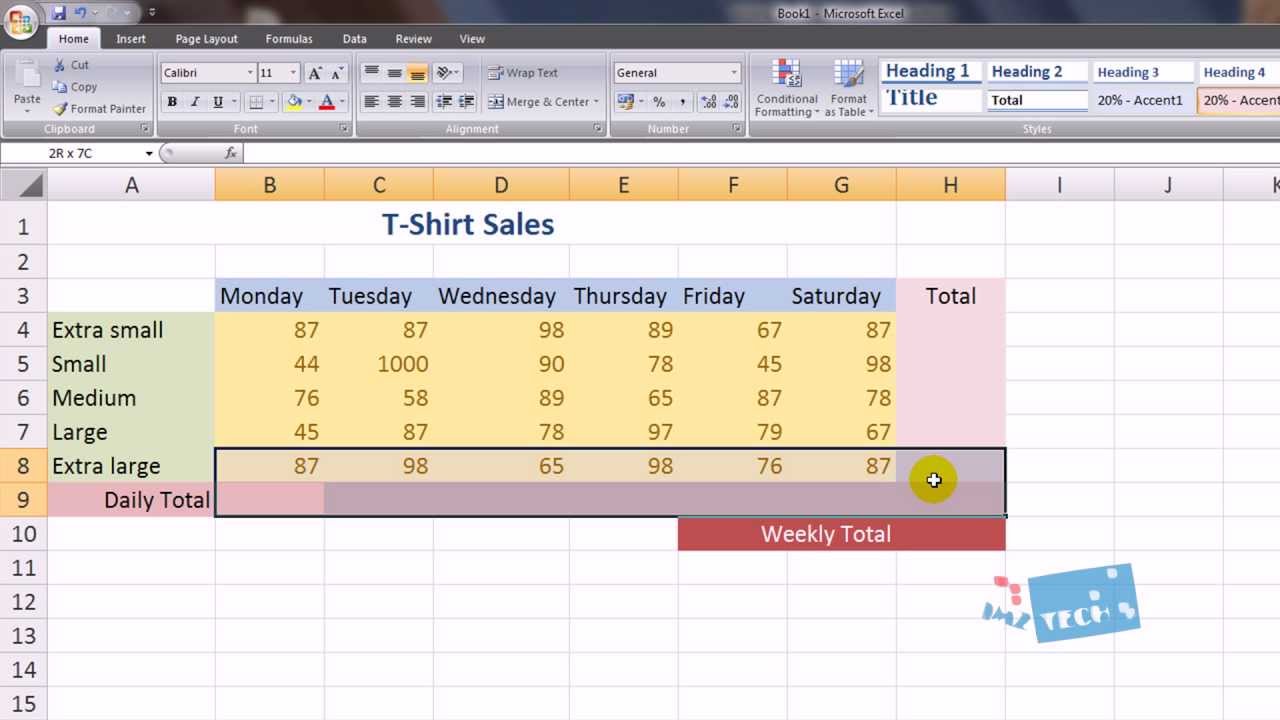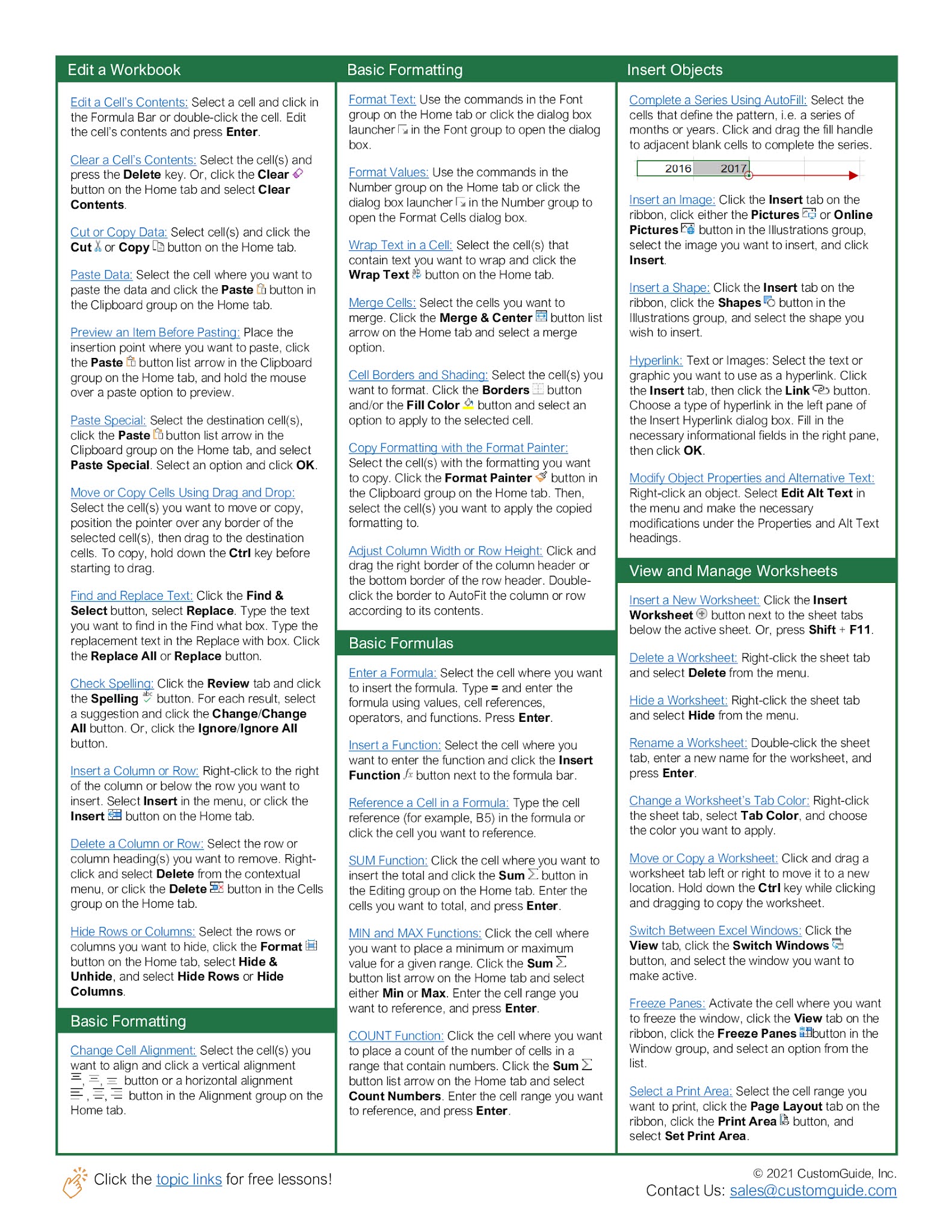3 Simple Steps to Download Excel Sheets from Monster

In today's job market, understanding how to extract valuable data can give you a significant edge. If you're on the hunt for job opportunities on the popular job board, Monster, you might find yourself wishing to download job listings for detailed analysis. This blog post will guide you through the process with three straightforward steps to download Excel sheets from Monster, ensuring you have all the job details at your fingertips.
Step 1: Navigate to Monster and Find Your Job Listings

First, head to the Monster website. Use the search tools to filter your job search criteria, including location, keywords, salary, and job title. Once you've tailored your search:
- Go to the Monster homepage.
- Input your search criteria in the job search bar.
- Hit the search button.
Your results will display based on the filters applied, showcasing a range of job listings that fit your career aspirations.
Note: Remember to make your search as specific as possible to yield the most relevant job listings.
Step 2: Use a Web Scraping Tool to Extract Data

Extracting data from Monster's job listings requires the use of a web scraping tool. Here's how you can proceed:
- Install a Web Scraping Tool: Tools like Beautiful Soup, Scrapy, or even simple Excel macros can be used for this purpose. Install the one that suits your needs best.
- Access Developer Tools: Use your browser’s developer tools to inspect the HTML structure of Monster’s job listings.
- Create a Script: Write or customize a script to automate data extraction. Below is a simplified example using Python and Beautiful Soup:
from bs4 import BeautifulSoup
import requests
# Fetch the Monster job listings page
page = requests.get('https://www.monster.com/jobs/search/')
soup = BeautifulSoup(page.text, 'html.parser')
# Your code to locate and extract job listings here
Note: Ensure that you comply with Monster’s terms of service when scraping.
Proceed carefully:
🔍 Note: Web scraping might violate the terms of service of some websites, including Monster. Always respect robots.txt files and ensure ethical scraping practices.
Step 3: Convert and Download the Data into an Excel Sheet

Once you've extracted the data, follow these steps to convert it into an Excel file:
- Data Formatting: Your extracted data may need reformatting to fit into a tabular structure.
- Create an Excel Workbook: Use Python’s
openpyxlor similar libraries to create an Excel workbook:
from openpyxl import Workbook
wb = Workbook()
ws = wb.active
# Populate the worksheet with your data here
wb.save('monster_jobs.xlsx')
Be aware:
📝 Note: Make sure your extracted data is structured to be easily readable in Excel.
Here's a visual representation of how your data could look in Excel:
| Job Title | Company | Location | Salary | Date Posted |
|---|---|---|---|---|
| Software Engineer | Tech Company Inc. | Seattle, WA | $80,000 - $120,000 | Today |
| Data Analyst | Big Data Corp. | New York, NY | $75,000 - $105,000 | 3 days ago |

In conclusion, by following these three steps, you can efficiently collect job data from Monster to analyze and keep track of your job search. Remember to use this data ethically, respecting Monster’s terms of service. With your newfound ability to download Excel sheets from Monster, you're one step closer to landing your dream job. Always stay updated with Monster's job listings to ensure you never miss an opportunity.
Is it legal to scrape job listings from Monster?

+
It’s generally not against the law to scrape job listings, but doing so may violate Monster’s terms of service. Make sure you understand and respect their scraping policy.
Can I use any other tools besides Python for web scraping?

+
Yes, there are several alternatives like Octoparse, ParseHub, and even Selenium for more dynamic web interactions.
How do I keep my scraped data organized in Excel?

+
Structure your data into columns for easy readability and sorting. Use filters, conditional formatting, and pivot tables in Excel to manage your data efficiently.



